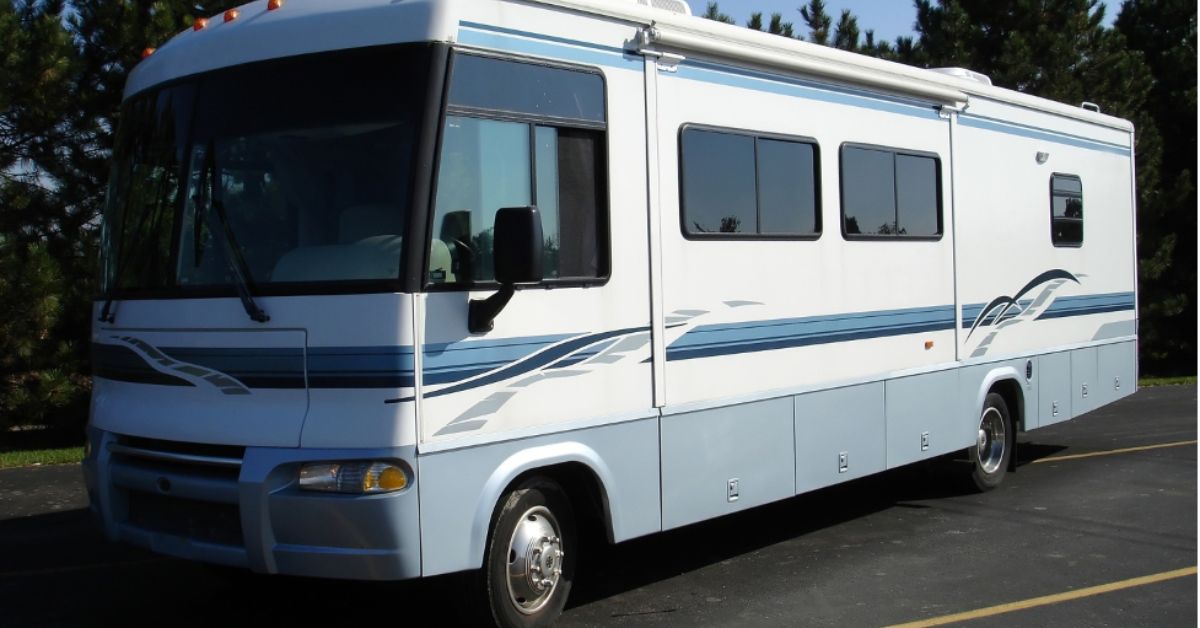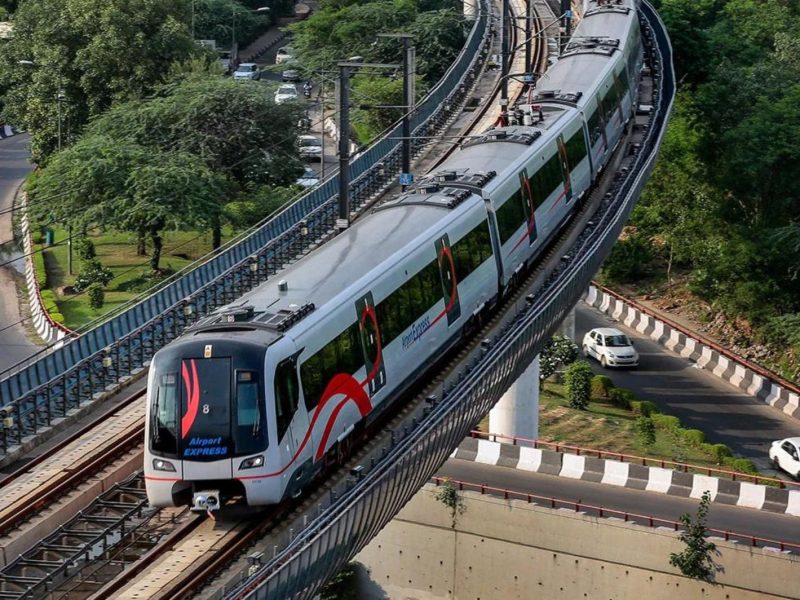Did you know that over 11 million people in the United States own an RV, and over the past ten years, more and more people have turned to the RV lifestyle? Affordability, flexibility, and spending time in nature are the top reasons people purchase RVs.
Proper RV storage is a major part of RV care and one of the best ways to protect your investment. So, it’s essential that you find the right storage facility for your RV. Luckily, you’ll just need to know a few tips to get started, and your search will go smoothly.
Keep reading this guide to learn seven important factors to consider when deciding on an RV storage facility!
1. Location
If you live in a place that has a homeowners association (HOA), you may not be allowed to park your RV in your driveway at any time. If you do, you could be subject to fines.
If you can’t store your RV on your property, location should be one of the top factors when deciding on an RV storage facility. You don’t want to drive for an hour each way to check on your RV.
Make sure that the facility you choose is close to home. Choosing RV storage options near a major highway is also a good idea. This way, when you take your RV out of storage for travel, you’ll have a direct route.
You can also access it easily for RV maintenance or when you need to load it with supplies. You’ll also spend less money on fuel costs overall.
2. Security
Buying an RV is a significant investment, so the RV storage facility you choose needs to be safe and secure.
Look for facilities surrounded by secure fencing that require a security code to access inside. Many facilities have a code box at the gate that records the names of the renters that enter the facility.
Additionally, ensure security cameras are operating 24/7 and determine how long the company keeps the footage.
Sufficient lighting and on-site employees during the week are also crucial.
Finally, it’s wise to visit the storage facility you’re considering. Do you see employees walking around the facility often to check that everything is secure? Do you notice the gate staying open for extended time periods?
3. Covered Storage Units
Take a look at the storage options, and make sure the facility you choose offers covered storage. There are different types of storage units, and not all of them are covered. Many storage units resemble a parking lot, while some offer covered units. You can also find indoor facilities with heating.
RV roofs are susceptible to cracking and leaking over time. This is especially true if you live in an area with cold winters and significant snow. Sleet, snow, hail, and rain can cause damage to your RV, leaving you with more long-term expenses.
Some indoor storage facilities also have areas where you can refill your tanks and wash your RV. Although indoor storage facilities will cost you more upfront, you’ll save more money in the long run since your RV will be protected from the elements.
4. Accessibility
You’ll need to find a storage facility that’s easy to access. Is the facility located on a narrow or hilly road? Will you have to drive through areas with low-hanging tree branches? It may surprise you, but many facilities are off the beaten path.
It’s also essential to check on how large the storage sites are. Some RV storage facilities have narrow sites, with units very close together. This makes it difficult to access your site safely. You also won’t have much space for RV care or maintenance.
Finally, access also involves the business hours of the facility. Make sure that the storage facility you choose has 24-hour access or is at least accessible for most of the day.
5. Excellent Customer Service
While you can find a place with good security and covered storage, all that technology doesn’t substitute for solid customer support.
Look for a facility that has live customer support. This support can be via chat, phone, or in-person during business hours. Some facilities even offer after-hours support.
If you have a problem with your RV or a problem with the facility itself, you need to be able to reach an employee as soon as possible.
When you first reach out, evaluate the quality of a storage facility’s customer service. Take note of how quickly and thoroughly they answer your questions about pricing and availability.
6. Convenient Payment Options
Ideally, you’ll want to find a storage facility that offers you an easy way of making payments. The last thing you want is a storage facility that only allows you to make payments in person.
Life is busy, and you don’t need to worry about forgetting to make a payment. So, look for a facility that offers easy online payment options that you can automate each month.
If you’re paying by credit card, ask about the processing fee. You’ll also need to ask about any additional service charges or taxes the facility has.
7. Flexible and Competitive Pricing
Look for storage that offers flexible monthly pricing with competitive rates. To determine this, you’ll need to compare the rates of at least 3 to 4 storage facilities in your area.
The average cost to store an RV can range from $50 to $200 a month, depending on whether or not you store your RV indoors or opt for covered storage. You’ll pay less for outdoor storage.
It also depends on where you live since the cost of living varies for each state. The size of your RV also dictates how large of a storage area you need, which can drive up your costs more.
You’ll also pay more for amenities like climate-controlled units, sewage dumping, and battery charging stations.
To compare costs and storage options further, take a look at kingstonidealstorage.com for more information.
Finding the Right RV Storage Facility
Now that you know more about how to find the best RV storage facility, you can start your search today.
Be sure to do your research, read online reviews, and check the Better Business Bureau (BBB) for ratings, reviews, and complaints. Also, reach out to other local RV owners to find out what storage facility they use.
For more travel and lifestyle tips, visit the rest of our blog today!


